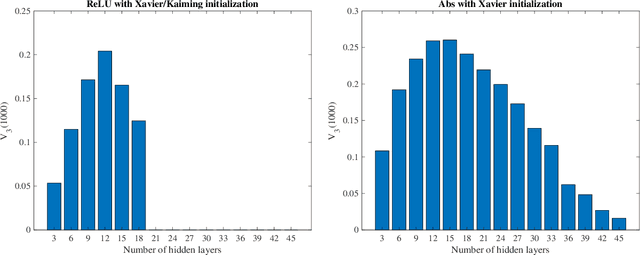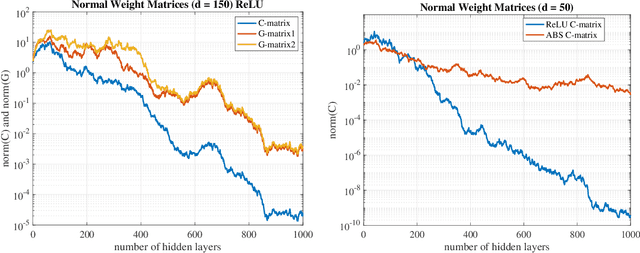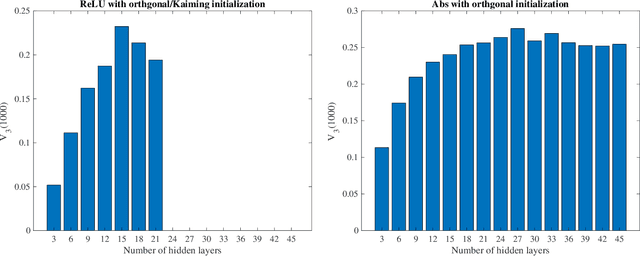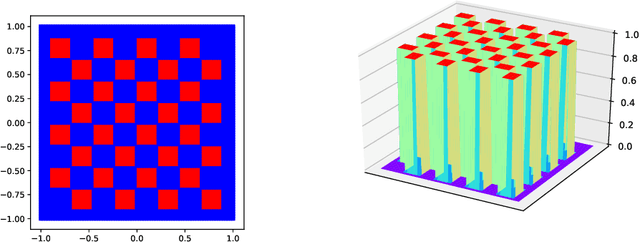Variability of Artificial Neural Networks
Paper and Code
May 20, 2021



What makes an artificial neural network easier to train and more likely to produce desirable solutions than other comparable networks? In this paper, we provide a new angle to study such issues under the setting of a fixed number of model parameters which in general is the most dominant cost factor. We introduce a notion of variability and show that it correlates positively to the activation ratio and negatively to a phenomenon called {Collapse to Constants} (or C2C), which is closely related but not identical to the phenomenon commonly known as vanishing gradient. Experiments on a styled model problem empirically verify that variability is indeed a key performance indicator for fully connected neural networks. The insights gained from this variability study will help the design of new and effective neural network architectures.
 Add to Chrome
Add to Chrome Add to Firefox
Add to Firefox Add to Edge
Add to Edge